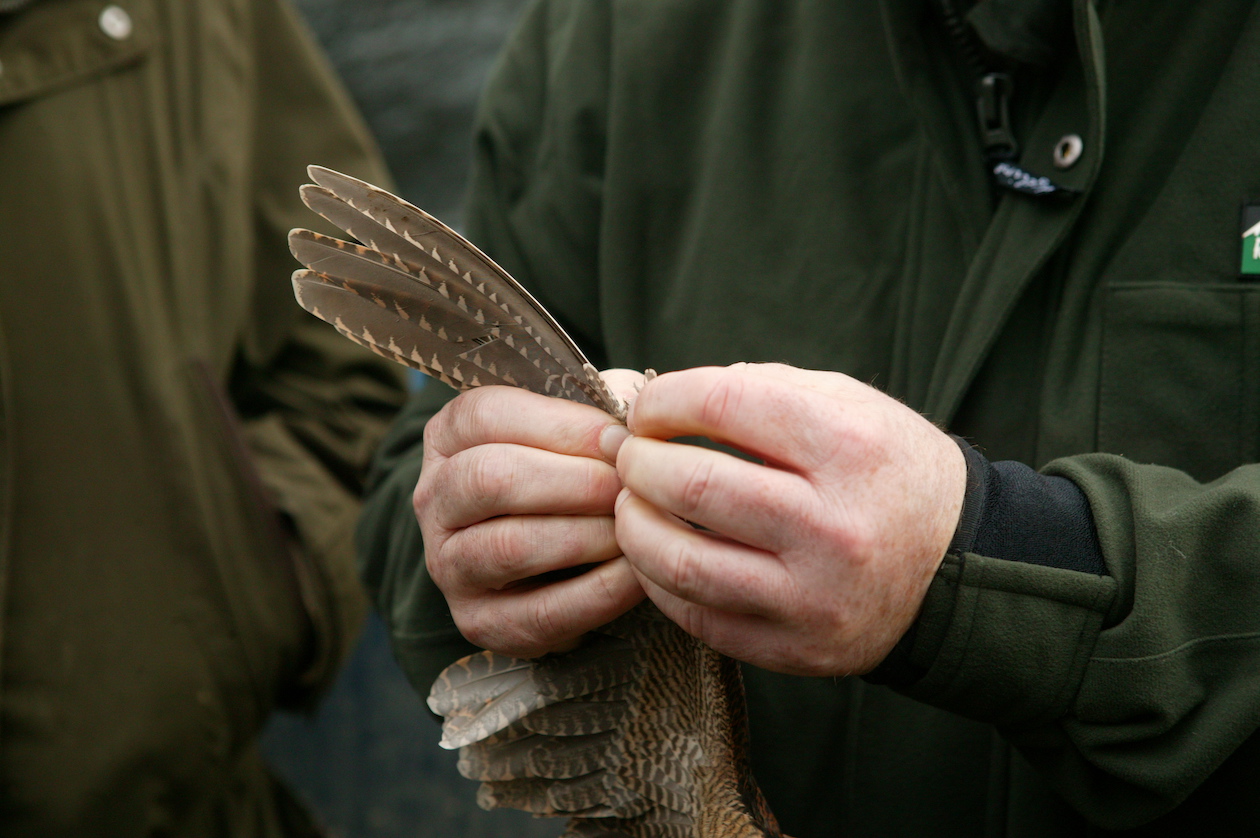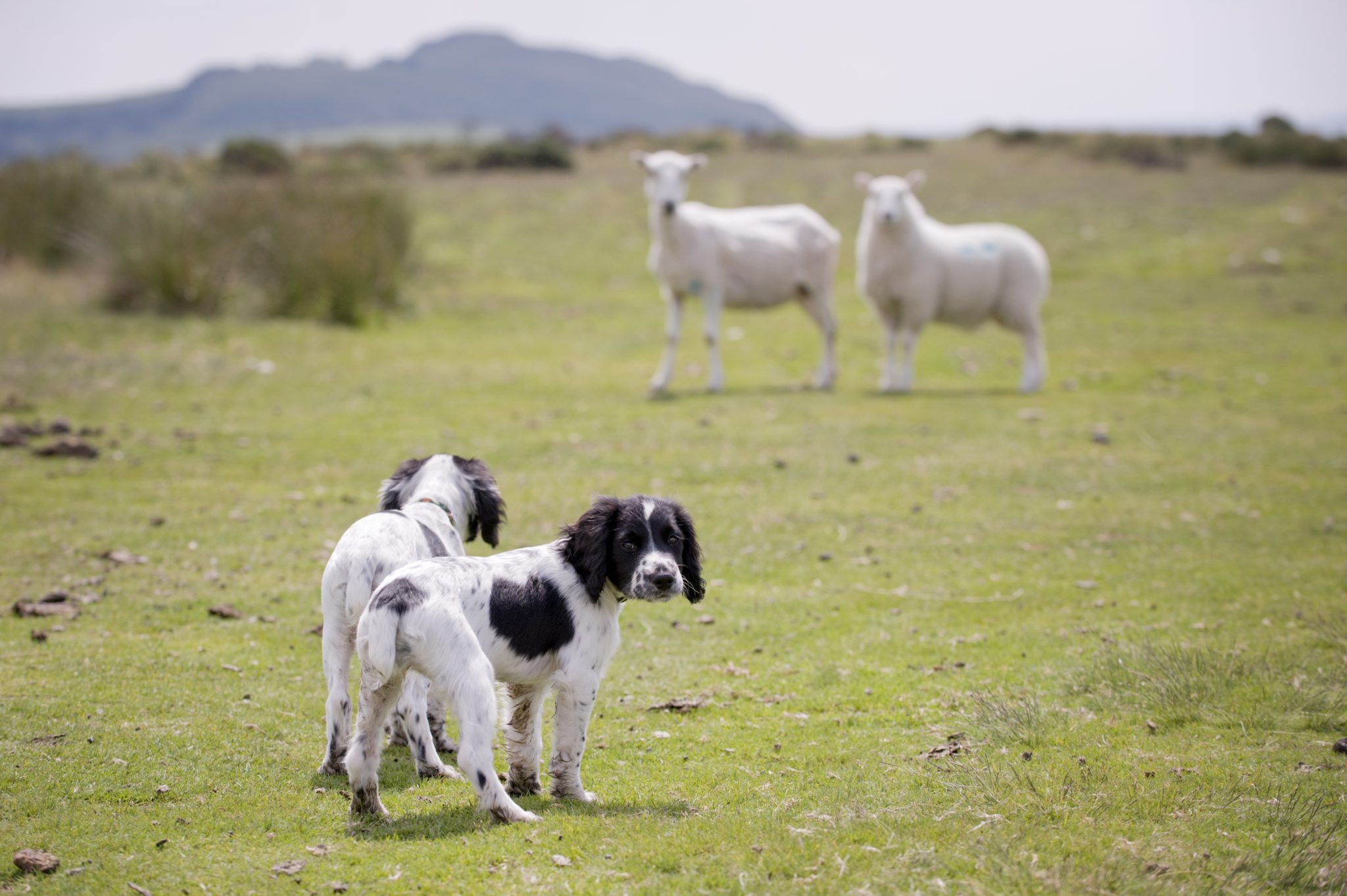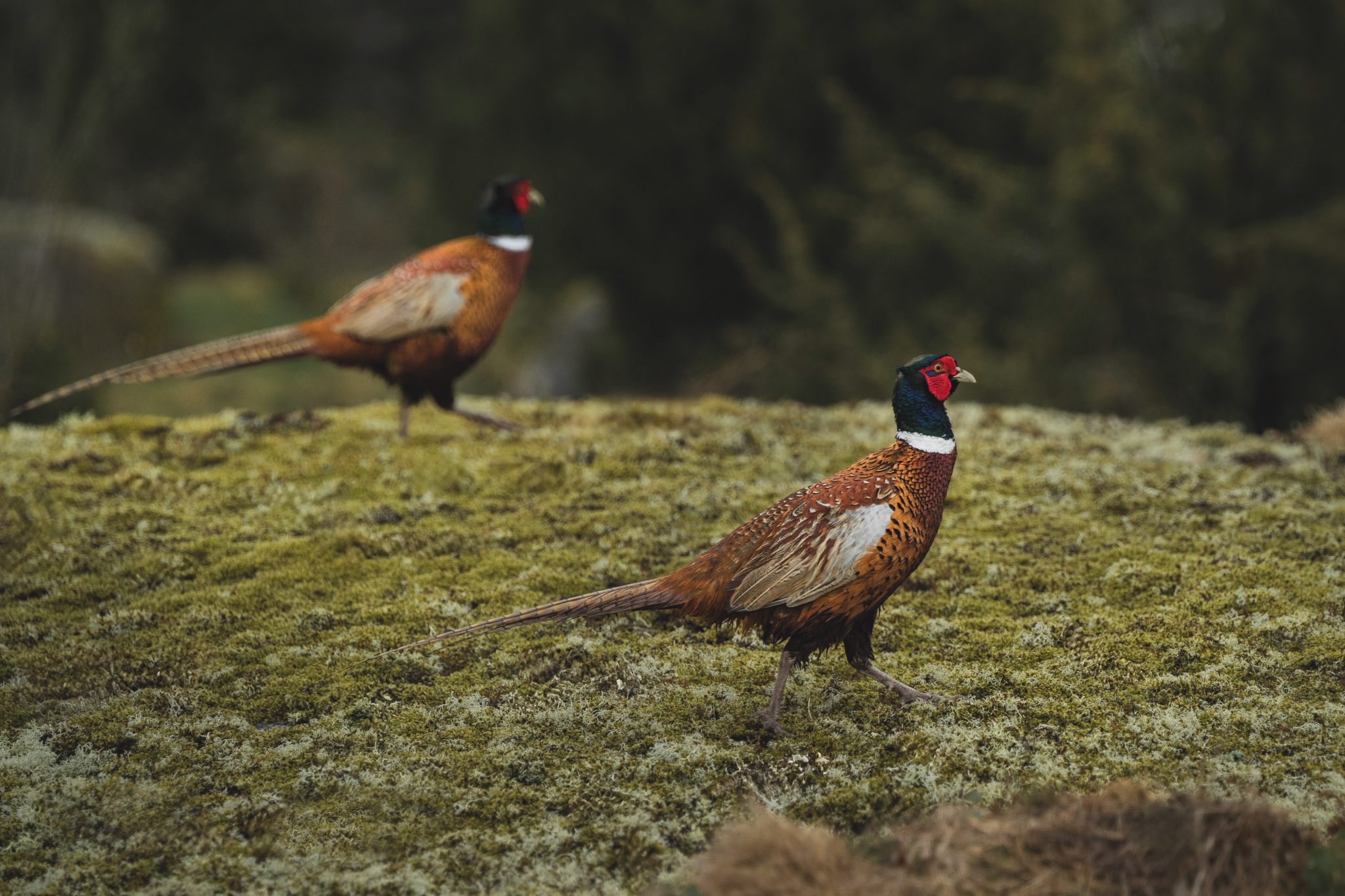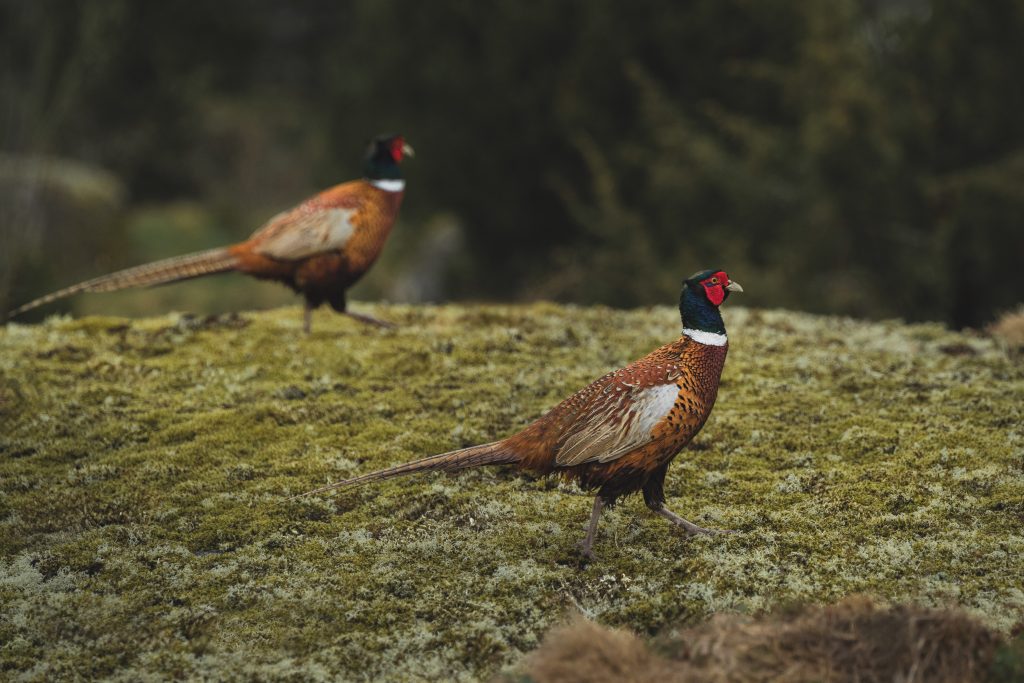Win CENS ProFlex DX5 earplugs worth £1,149 – enter here
A guide to ageing woodcock
 John Edmunds removing the pin feathers from a woodcock
Usd 18 jan 17 Q&A
John Edmunds removing the pin feathers from a woodcock
Usd 18 jan 17 Q&A
Ageing woodcock by examining their wing feathers is a useful skill to learn. It is a way we can help to discover more about the population trends of this migratory bird. (Read more about the elusive woodcock here.)
Accuracy in ageing woodcock
Features on feathers offer an accurate means for ageing woodcock. Once you can identify the different feather groups you can start learning how to age the bird from which they were taken. You need to collect feathers from adult and juvenile birds until you can spot the differences. Check all the groups of feathers rather than just one in order to confirm your results. (Can woodcock tell the time?)
Upper wing feathers
- The primary feathers are the 10 long flight feathers numbered 1-10 from the wing tip.
- The secondary feathers are the large feathers on the inside of the wing, leading off from the primaries.
- The primary coverts are the groups of medium-sized feathers that overlap the top of each of the primary feathers.
- The secondary/great coverts are the group of medium-sized feathers that overlap the secondary feathers.
- The Alula feathers are found on the upper wing about halfway along and overlap each other and the primary coverts in a line towards the wing tip.
Primary feathers
During their first winter, juvenile woodcock will still have the same feathers they fledged with. They will not have moulted since birth. These juveniles could have hatched in late March through to August broods. As a result, their feathers and especially the tips, have undergone some wear by the time we encounter them in October and November. This is most apparent on the tips of the three outer primary feathers. In juvenile birds, the tips are worn, ragged and in severe cases look moth-eaten. On an adult bird’s wing, the outer primary feather tips are distinctly clean-edged and exhibit a sharper, neater profile as they have recently moulted. They can be seen best by holding them up to the light.
Primary feathers 4-10
The trailing edge of the primary feathers 4-10 on a juvenile bird tend to have a rounded profile and give the wing a scalloped appearance. By contrast, those of an adult bird show a straighter profile and the trailing edge of primaries 4-10 appears as a near-straight line.
The outermost primary feather, the tip feather, is number 1. Simply count in to number 4 and examine up to number 10.
The tip of a juvenile primary feather 4-10 shows a rounded even edge while that of an adult is notched or stepped.
Alula
The alula feathers on juvenile birds have a more rounded tip. In addition to this they are also paler and the patterning is less defined. For the adults the alula feathers have a pointed tip with a stronger patterning and a much darker colouration.
Primary Coverts
The tip of a juvenile primary covert is narrower than that of an adult. However, the most distinctive difference is the pale band at the tip of an adult’s feather. On a juvenile, the band at the tip is darker and in keeping with the colouration of the covert feather. That is, of a brown to light-brown shade. On an adult feather the band is pale and leans towards light-buff or white.
This article was originally published in 2007 and has been updated.
Related Articles
Get the latest news delivered direct to your door
Subscribe to Shooting Times & Country
Discover the ultimate companion for field sports enthusiasts with Shooting Times & Country Magazine, the UK’s leading weekly publication that has been at the forefront of shooting culture since 1882. Subscribers gain access to expert tips, comprehensive gear reviews, seasonal advice and a vibrant community of like-minded shooters.
Save on shop price when you subscribe with weekly issues featuring in-depth articles on gundog training, exclusive member offers and access to the digital back issue library. A Shooting Times & Country subscription is more than a magazine, don’t just read about the countryside; immerse yourself in its most authoritative and engaging publication.







